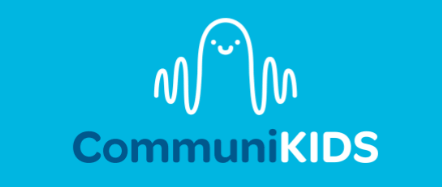What is Speech Therapy?
Speech therapy – it might be something you’ve come across in a google search, been told about by a friend or family member, or had your child referred for by your GP. So what is speech therapy, and why might it be required?
Speech therapy is the assessment and treatment of communication and speech disorders. Speech therapy is used interchangeably with speech pathology. Speech therapy is administered by speech pathologists, who are trained health professionals specialising in supporting children and adults with communication and speech challenges. Speech therapists can support children with the following areas:
· Articulation disorders;
· Stuttering;
· Voice disorders;
· Receptive (understanding) language disorders;
· Expressive (use) language disorders;
· Early language;
· Feeding and swallowing; and
· Literacy.
Some speech therapists also work with adults with cognitive-communication disorders, aphasia, dysarthria, and other communication and speech related challenges.
Speech therapists plan individualised assessments based on the child’s needs. This includes formal, standardised assessment; play-based assessment, which is often used for early intervention; or observations in various environments such as at home and school. Assessments also incorporate discussions with the parent around the child’s needs, functional goals for the child and any difficulties the child is having at home, school or in the community.
Once the assessment is completed, the speech therapist then develops a plan for intervention. This is also highly individualised and is dependent on a variety of factors, including the child’s areas of strengths and difficulties; the family’s primary goals for the child; the child’s responsiveness to different forms of therapy; and what is going to be most functional for the child and family.
A well-developed speech therapy plan will:
· Involve the family and other key individuals in the child’s life in creating and implementing the therapy plan;
· Clearly explain the therapy process to the family and discuss with family progress and anything that may be causing challenges with the therapy process at home;
· Work alongside teachers, other allied health professionals and any other key individuals in the child’s care team to implement strategies and make sure goals align;
· Ensure the family feels supported to implement strategies and scaffolding at home;
· Include the child’s interests and motivators to help the child feel engaged in the therapy process.
